News
Bill Rivers Region prematurely identifies the presence of the primary bacteria that causes the death of the salmon
Published 06-02-2013
• Research by a student at the Universidad Austral de Chile, is made possible by funding from First Contest VIU, Fondef Program of CONICYT.
The Salmon is the third country export industry, after mining and forestry. The first quarter d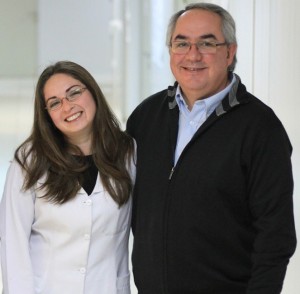 and 2012 salmon exports, mainly sold frozen whole in Japan, fillet, fresh or chilled in the U.S.. and whole fresh or chilled in Brazil, represented 62,7% of total overseas shipments of seafood, what reported near 670 million per country, according to data released by the Central Bank.
and 2012 salmon exports, mainly sold frozen whole in Japan, fillet, fresh or chilled in the U.S.. and whole fresh or chilled in Brazil, represented 62,7% of total overseas shipments of seafood, what reported near 670 million per country, according to data released by the Central Bank.
But the cultivation of this species presents a difficulty that is just beginning to find a solution. There is a bacteria called Piscirickettsia Salmonis, this causes Rickettsial Septicemia Salmonídea (SRS), infecciosa enfermedad que produces necróticas lesiones en distintos Órganos de los peces provocándoles la muerte. Esta, es la responsable de la mortalidad of 68,1% salmón of Atlántico y 51,6% salmón of Coho, según datos de Sernapesca.
Hasta ahora no existía a method de diagnóstico confiable, this permitiera identificar the presencia de Piscirickettsia salmonis. Esta situación, permitió que la alumna of Doctorado en Ciencias mención Biología Celular y Molecular de la Universidad Austral de Chile, Paulina Calquín, viera on a oportunidad para que de proyecto tesis, Venia trabajando que desde el pregrado, if a innovación convirtiera en que para la aporte significara an important industry Salmón.
Along with their advisor, Dr. Alejandro Yañez, postulated to VIU Competition Fondef CONICYT program, claimed it and began working to establish a diagnostic method that is efficient and that would identify early the presence of the bacterium. In this way not only could prevent the deaths of salmon, but it also would be time to recover and prevent contagion to other species.
"You as a scientist can not be left alone to study the function of a protein, for example, but that one should aim to solve the problems that exist in our country ", declares the young researcher.
Paulina explains, Today was very difficult to detect the presence of Piscirickettsia time Salmonis. "There are various diagnostic methods of the bacteria that are used in industry, which have not been validated, and reporting false positives ".
This project will develop and implement a kit multiplex real-time PCR for specific detection of Piscirickettsia Salmonis, directly applicable to DNA extracts from fish organs. This kit would be an effective diagnostic tool, with high sensitivity and specificity, so it could be used by diagnostic laboratories accredited for the analysis of salmonid players. This product would leave the market during the second half of 2013.
"The scientific research that develops in regions must be linked to the needs of the community and, in this context, VIU contest is a great opportunity for young researchers to make significant contributions to the country from their region ", Paula Gonzalez expressed, Regional Program Director CONICYT.
Contest Call VIU regional
CONICYT, through its program Fondef, opened a new call for this contest, which is made possible by allocating resources to the regions of Los Ríos and Biobío. For Rivers, projects submitted must be related to food and agriculture and fishing, and health and science industry, defined as areas of regional interest. Registration deadline expires 1 April and contest rules are available at www.conicyt.cl.
Related News
News
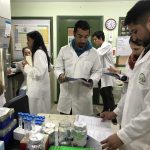
02-12-2019
CEAZA contributes to the improvement of professionals in the field of microorganisms and adaptation to climate change,,es,Attendees at the Workshop of Native Microbial Biodiversity,,es,Adaptation and interaction under extreme conditions,,es,How does agriculture benefit from the use of microorganisms?,,es,How can a crop be adapted to water and salt stress?,,es,These were part of the questions that guided the Native Microbial Biodiversity Workshop developed at the CEAZA Scientific Center,,es,Climate change is also affecting microscopic aspects of our reality.,,es,those that were addressed in the,,es,“Native Microbial Biodiversity Workshop,,es,Adaptation and interaction under extreme conditions ”,,es
News

29-11-2019
Ministerio de Ciencia acerca la Inteligencia Artificial a la ciudadanía con seminarios gratuitos en regiones
News
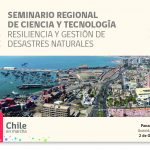
04-10-2019
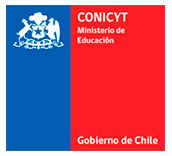

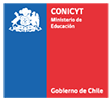

Leave a Reply